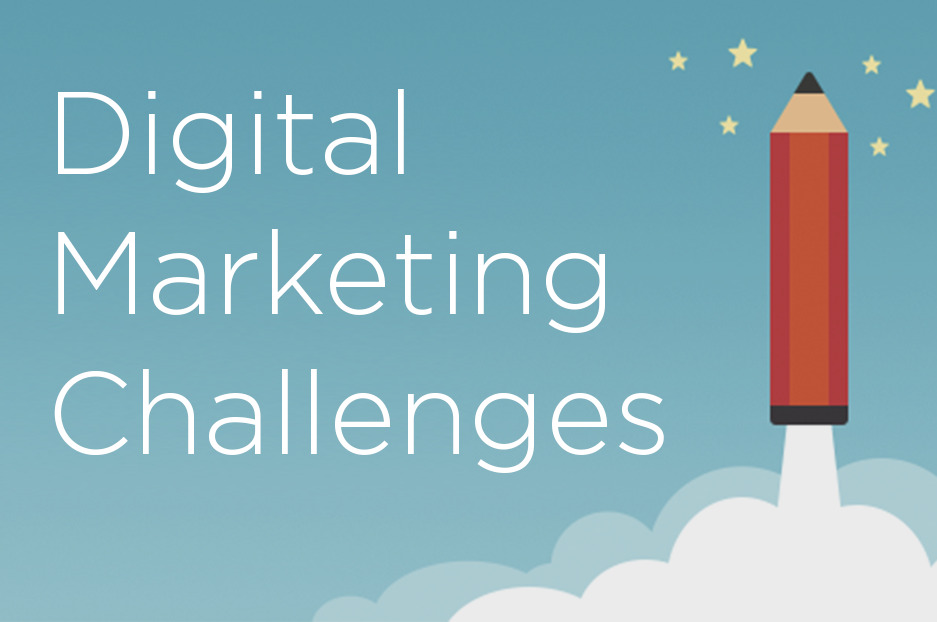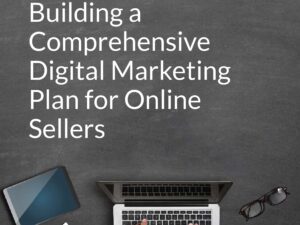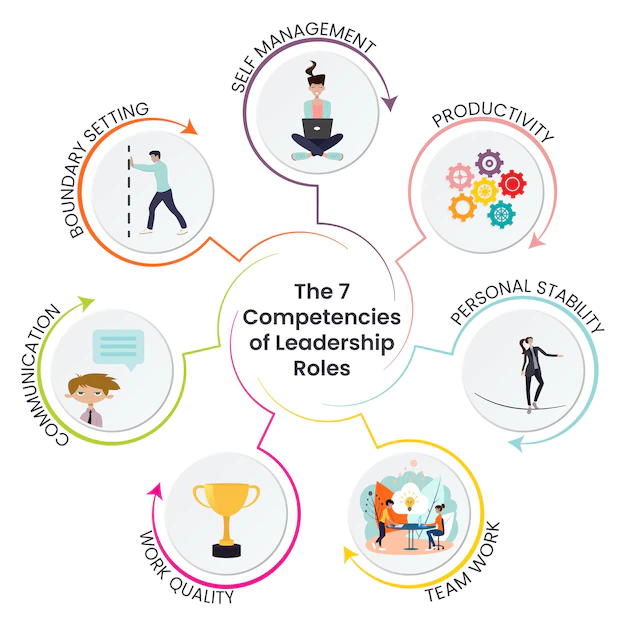Digital marketing is a growing field. It’s changing so quickly that the strategies we once felt were solid are now outdated. That’s why it’s important to keep updating your digital marketing strategy to stay ahead of the curve and meet the growth challenges that come with an expanding online presence. If you’re struggling to do this, here are seven steps you can take to help elevate your digital marketing challenge to the next level.
1. Define your digital marketing goal
Before you can figure out the right strategies to implement and the right metrics to track, you have to know what you’re trying to accomplish. How high do you want your brand awareness to be? Are you looking to increase sales? Are you looking to increase leads? What are your key metrics? Once you know what you’re trying to accomplish, you can figure out which metrics will best help you get there. The goal of your digital marketing strategy shouldn’t be to reach as many people as possible. Instead, it should be to reach as many people as possible with the message you want to send. You might be a small brand with a limited budget, so it would make more sense to focus on key metrics that show your efforts are paying off and success is just around the corner.
2. Research your audience
Before you can execute effective strategies, you have to understand who you’re targeting. As with any marketing campaign, you have to know who you’re reaching. Spend time getting to know your audience. What are their demographics? What are their interests? Where do they spend their time? Once you know who you’re marketing to, you can narrow down your strategies. The best way to research your audience is to get out of your own head and talk to real people who are already your customers. Take a trip to your local coffee shop and see if you can get an interview with one of your brand’s customers. You might be surprised at what you learn.
3. Develop a content strategy
Once you know who you’re targeting, you can start to look at the type of content you need to create to reach them. As with everything in marketing, success isn’t just about the quantity of content you create. It’s also about the quality. For each digital marketing campaign you run, you have to balance the need for content with the need for engagement. Sure, you have to have content, but you also have to have a way for your audience to interact with it. There are a few different types of content you may want to consider creating.
Blog posts: Blog posts can be a great way to supplement your in-depth articles. In a blog post, you’re focused more on providing context and expanding on a key point you made in an article. They’re also a great place to share some of your best content.
Product and case studies: Product and case studies can be helpful in short-form content. You can use them to share information about your product and how it works, or you can use them to discuss key customer success stories.
Ebooks: Ebooks are a great way to go beyond just product and case studies. They can be a comprehensive guide, providing answers to any questions your audience may have about your product.
4. Incorporate video into your marketing mix
The video is the new blog post. It’s the new content type that is quickly replacing static text-based content. And why shouldn’t it? Video provides a whole new way to add context and expand on your key points. It can also help you to tell your brand story in a way that goes beyond just text. For many brands, video is simply another form of digital marketing. They create videos as an additional content type that helps boost brand awareness and increase engagement with their key audience. But for some brands, it gives them a whole new level of engagement. It turns average customers into brand advocates. It turns customers into advocates for your brand.
5. Integrate paid and organic strategies
While paid and organic strategies are both important, they shouldn’t be treated as two separate entities. Both types of strategies should be used to help expand your digital marketing success. One of the best ways to integrate paid and organic strategies is to create a blog content type that is focused on organic content. A blog that is purely focused on content that is purely organic doesn’t offer much value to your brand. Instead, it gives potential customers an inside look at your company. While you may want to keep your blog focused on paid strategies, you can still create content types that are purely focused on organic strategies.
6. Measure success and identify the next steps
It’s crucial to track your success as you implement new digital marketing strategies. It’s the only way to make sure your campaigns and strategies are succeeding. Analytics can be a little overwhelming at first, but you don’t need to understand every single aspect of your analytics to get started. You just need to know enough to start measuring success. Start by looking at your key metrics. If you’re not happy with where your campaign is, make a change. Start by evaluating your strategies and see if you can make any improvements. Keep an eye on your metrics, and make adjustments as necessary. If you need to make a big change, make it quickly. Once you’ve implemented the change, you can start measuring the results.
Conclusion
As can be seen, digital marketing is a constantly evolving field that requires a lot of research and creativity. It’s important to be flexible as you learn along the way and to be willing to make adjustments as needed. This process can be very challenging, but if done properly, it can result in a much better digital marketing strategy. With effort and perseverance, you’ll be able to create a successful digital marketing strategy that boosts brand awareness, generates leads, and drives sales. Now it’s time to dig in and get to work creating the strategy that will take your business to the next level in digital marketing.





